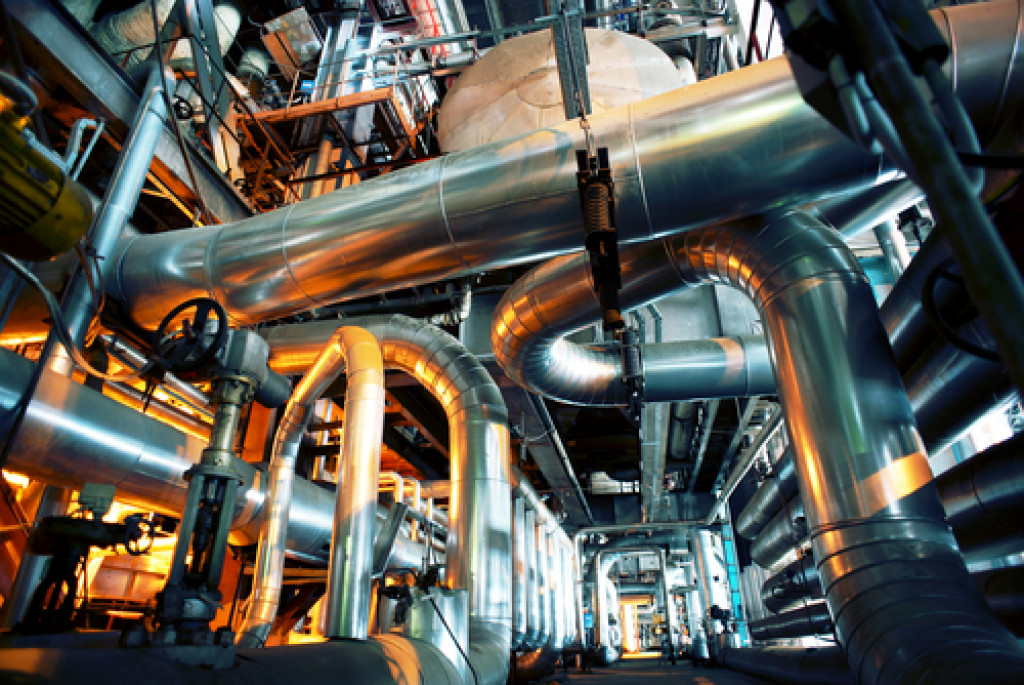- Implementing preventive maintenance and investing in protective equipment can reduce downtime and costs.
- Condition-based monitoring and predictive maintenance software enable proactive maintenance and optimize equipment performance.
- Remote monitoring technology permits real-time tracking of equipment health, improving plant efficiency.
- Prioritizing employee training and providing career development opportunities boost plant reliability and productivity.
- Optimizing steel mill operations can result in long-term cost savings and a competitive edge in the industry.
As a business owner or entrepreneur in the steel industry, it’s crucial to maintain production efficiency while keeping maintenance costs under control. When optimizing steel mill operations for cost-effective maintenance, several strategies must be considered.
From preventive maintenance to improving equipment reliability, these steps can help reduce downtime and extend equipment life, leading to long-term cost savings. This blog post will discuss some practical tips to help you optimize your steel mill operations and improve your bottom line.

Implement a Preventive Maintenance Program
Preventive maintenance is a proactive approach to maintenance that involves regularly scheduled inspections, cleaning, and repairs before equipment failure occurs. Identifying and addressing potential issues early on can avoid costly equipment downtime and improve overall reliability. Your preventive maintenance program should include daily, weekly, monthly, and annual inspections and ongoing training for your staff.
Invest in Protective Equipment
In addition to monitoring equipment performance, it is essential to invest in protective equipment to prevent accidents and equipment failure. To protect the steel mill, you should install durable mill liners to protect the equipment. These liners are designed to withstand the wear and tear of constant use and can help prevent costly damage to your equipment. Additionally, investing in personal protective equipment for your employees can help prevent workplace injuries and ensure compliance with safety regulations.
Use Condition-Based Monitoring
Condition-based monitoring is a method of monitoring equipment performance and identifying potential issues through real-time analytics. Using sensors and other monitoring tools, you can monitor equipment health and predict problems before they occur.
Reduce Downtime
This approach can help reduce equipment downtime and extend equipment life, leading to long-term cost savings. The data collected by condition-based monitoring can also help you identify trends and patterns in equipment performance, allowing you to optimize your maintenance program further. Addressing issues promptly can prevent minor problems from snowballing into major equipment failures.
Invest in Predictive Maintenance Software
Predictive maintenance software is a powerful tool for optimizing steel mill operations. This software uses machine learning algorithms to predict equipment failure before it occurs, allowing you to schedule maintenance proactively and avoid costly downtime.
Patterns and Anomalies
Predictive maintenance software can identify patterns and anomalies that indicate impending equipment failure by analyzing data from sensors and other monitoring tools. This approach can help reduce maintenance costs and improve overall equipment reliability. Additionally, predictive maintenance software can help optimize equipment performance by identifying opportunities for optimization and process improvement.
Improved Efficiency
Investing in predictive maintenance software can also lead to improved efficiency. By accurately predicting when equipment will require maintenance, you can avoid unnecessary maintenance tasks and minimize the risk of unplanned downtime. Efficient maintenance scheduling also reduces the need for emergency repairs, which are typically more time-consuming and expensive.
Use Remote Monitoring Technology
Remote monitoring technology allows you to monitor equipment performance from a distance, reducing the need for on-site inspections and enabling you to identify potential issues in real-time. Using sensors and other monitoring tools, you can track equipment health and performance remotely, reducing the risk of equipment failure and improving overall plant efficiency.
Identify Opportunities
Remote monitoring technology can also help you identify opportunities for process optimization, leading to long-term cost savings. Additionally, with the ability to access real-time data from anywhere, you can make informed decisions and take timely action to prevent potential problems. This approach can help you stay competitive in the steel industry by reducing maintenance costs and improving overall efficiency.

Prioritize Employee Training and Education
It’s also essential to prioritize employee training and education when optimizing steel mill operations. Your staff should receive ongoing training on equipment maintenance, safety protocols, and other critical topics. Investing in your employees’ education and training can improve overall plant efficiency and reliability, leading to long-term cost savings and improved productivity. Additionally, well-trained employees are more likely to adhere to safety protocols and follow proper procedures, reducing the risk of accidents and injuries.
Career Development
It’s also crucial to provide career development and growth opportunities within your organization. Offering courses or programs that enhance technical skills, leadership abilities, and business knowledge can benefit both the employee and the company. A knowledgeable and skilled workforce is essential for keeping up with industry advancements and maintaining a competitive edge in the market.
Optimizing steel mill operations for cost-effective maintenance requires a proactive approach to equipment maintenance and reliability. Implementing a preventive maintenance program, using condition-based monitoring and predictive maintenance software, investing in remote monitoring technology, and prioritizing employee training and education can reduce downtime and extend equipment life, leading to long-term cost savings. By taking these steps, you can improve your bottom line and stay competitive in the steel industry.


